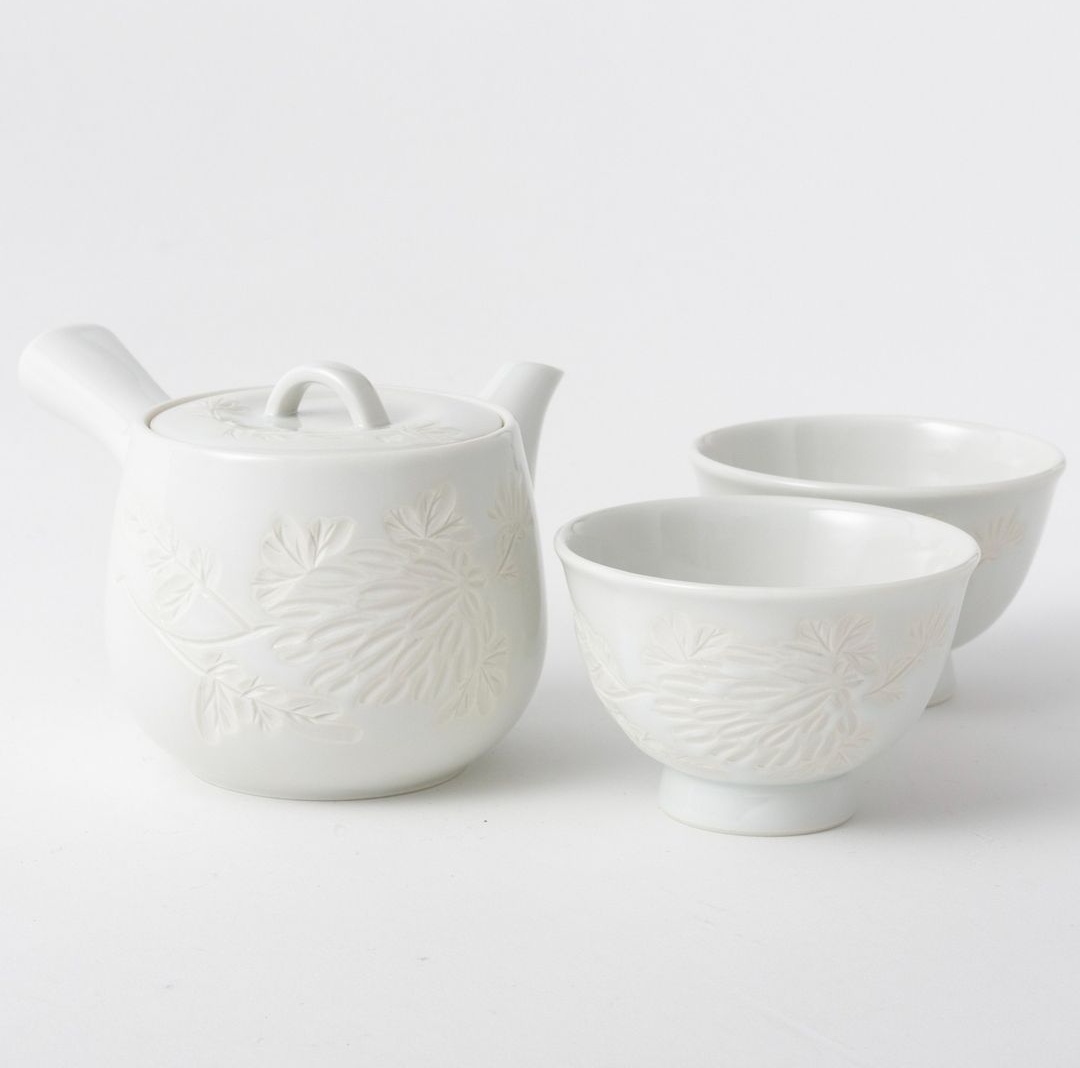In Hyōgo prefecture there is small old town named Izushi. It has the old castle ruins, a shrine, a torii gate… and a long history of ceramics!
It is said that it all began already many centuries ago thanks to potters from the Korean Peninsula. But it was in 1784 when what is known nowadays as Izushiyaki (出石焼) have started. Just a few years later, raw material for white porcelain was discovered in the area and with the help of the local feudal lord, skilled potters from the more famous Arita were brought in to help and teach. The production of porcelain began in the town. Then, just before the Meiji restoration era, Izushiyaki entered a decline period. It was at this time that one of the pottery companies, Eishinsha, invited an artisan from Saga to teach and guide them. White porcelain with paintings was created and Izushiyaki’s fame suddenly increased. In 1899 potter Yasukiyo Tomoda was invited to open the Ceramics Research Institute. This further improved the ceramics of Izushi and even got them to win a gold medal at the St. Louis World’s Fair in the United States. Unfortunately the research institute was closed in 1909. Nevertheless, many potters that used to work at the institute or at Eishinsha, opened their own kilns. Some of them continue to this day and keep the tradition and name of Izushiyaki alive.
One of the main characteristics of this pottery style is the use of Kakitani pottery stone, which gives a very white color. Different techniques can then be used by each kiln, but it usually has a silky glossy surface (which makes it suitable for tableware). Another characteristic is the undercoating painting, which consists in drawing on the piece of pottery before it is actually glazed. Since the 1980, Izushiyaki was designated by the government of Japan as national traditional handicrafts product. Nowadays, this type of ceramics is less known than other styles and kilns in Japan. Only a handful of potters persist in the craft. Despite that, Izushi is the only area producing pure white porcelain and the level of craftsmanship is extremely high. Grace, elegance and refinement in simplicity are the image of this style, and the main items nowadays are produced for tea ceremony accessories and floral vases.
* Image source: The Cover Nippon

